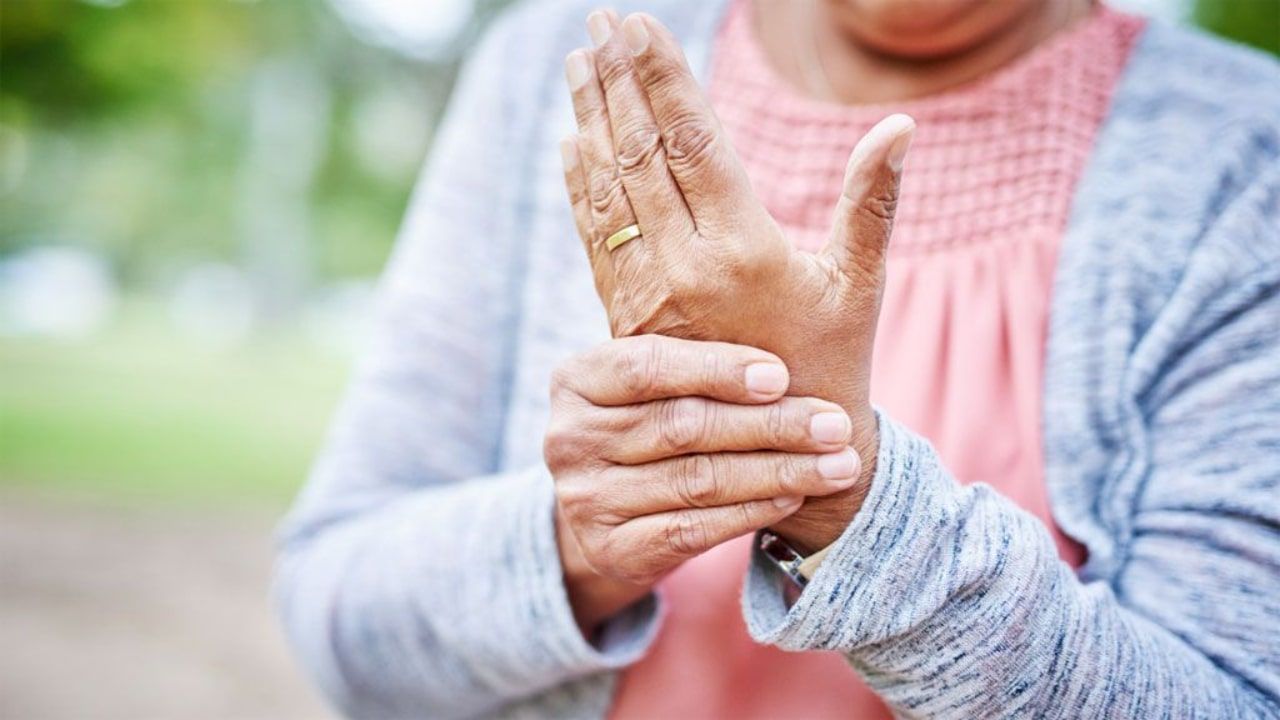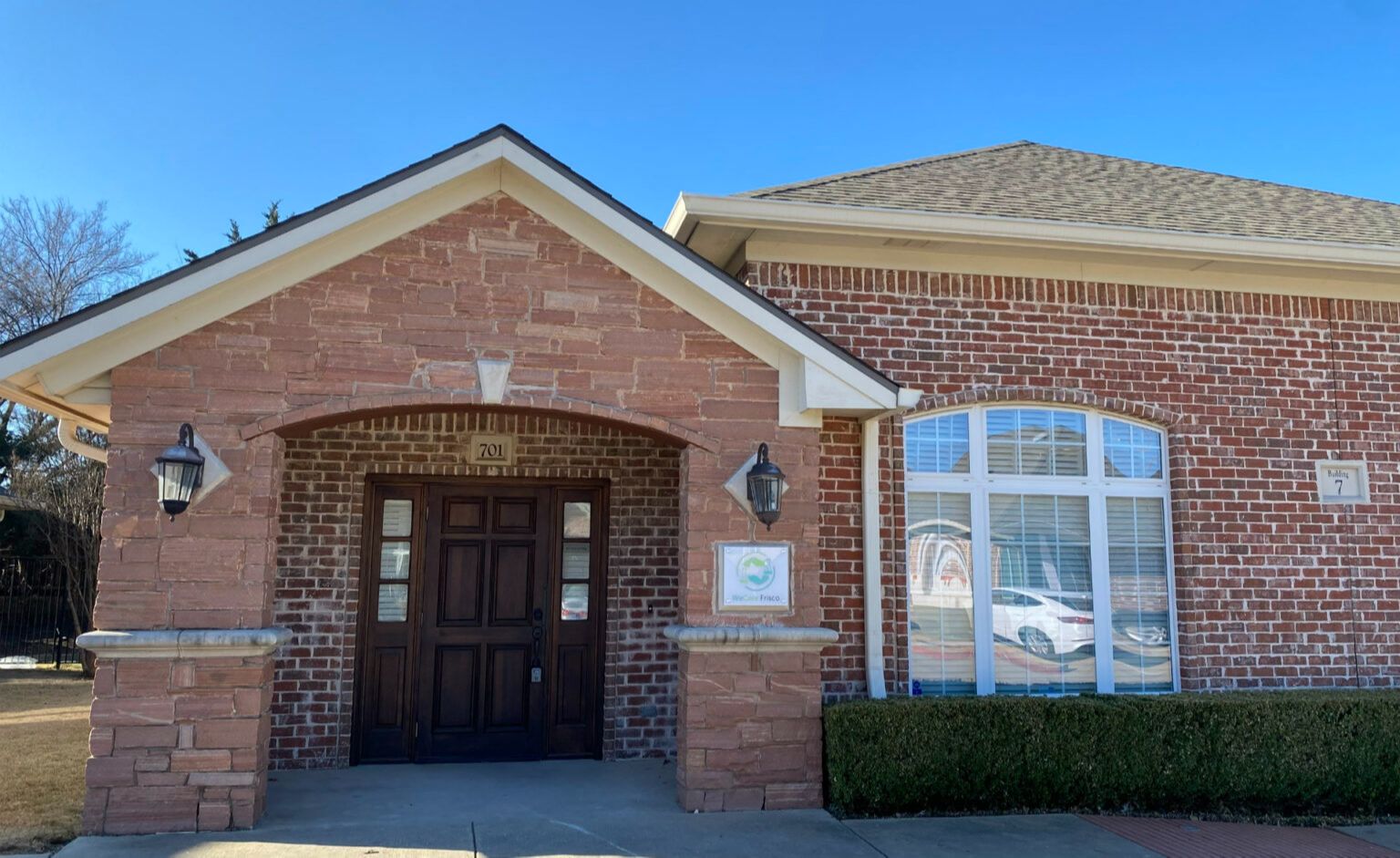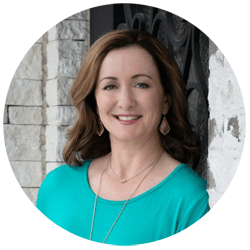
Help for Brittle Bones - Osteoporosis and Bioidentical Hormone Replacement Therapy
May 02, 2023By Jennifer Engels, MD
Osteoporosis - a word that means porous bone - affects tens of millions of Americans. According to the National Osteoporosis Foundation, 54 million Americans are at risk of developing osteoporosis, and that number will only increase as our population ages.
In understanding this condition, it’s essential to remember that bone is living tissue that’s constantly being broken down and replaced, and osteoporosis occurs when the creation of new bone doesn’t keep up with the loss of your old bone.
To explain a bit more, the inside of a healthy bone, the area known as the trabecular bone, looks like a sponge and is surrounded by a dense outer shell of bone, known as the cortical bone.
When osteoporosis occurs, the holes in the sponge-like tissue of the inner bone become larger and more numerous, and that has the effect of weakening the inside of the bone.
Until about the age of 30, most of us build more bone than we lose, a process known as bone remodeling. Around age 35, however, bone breakdown occurs faster than bone buildup, causing a gradual loss of bone mass. And if you’re affected by osteoporosis, you lose bone mass at an even greater rate.
As a consequence of bone loss exceeding the production of new bone, the bones become brittle and weak, so much so that a fall or even stress brought on by something like coughing or bending over, can lead to a fracture. These fractures related to osteoporosis most commonly occur in the hip, spine, and wrist.
According to specialists at the Cleveland Clinic, osteoporosis is responsible for more than two million fractures every year, and the number continues to grow.
Finally, while osteoporosis affects men and women of all races around the globe, white and Asian women, especially those older and past menopause, are the ones at greatest risk.
Symptoms of Osteoporosis
Osteoporosis is sometimes referred to as a “silent disease” because it often develops without obviously noticeable symptoms or pain. As you age, however, there are certain things you should look out for that include
- Loss of height, especially by an inch or more.
- A noticeable change in posture, stooping, or bending forward.
- Bone fractures.
- Pain in the lower back.
- Shortness of breath caused by compressed spinal disks and reduced lung capacity.
Risk Factors for Osteoporosis
As to risk factors for osteoporosis, there are those beyond your control, as well as some you can control.
Osteoporosis risk factors beyond your control include
- Age - Everyone’s risk increases with age, but women over 50 and postmenopausal women have the greatest risk of developing osteoporosis.
- Gender and ethnicity - Caucasian and Asian women are more likely to develop osteoporosis.
- Bone structure and body weight - Petite and thin people are at greater risk because they have less bone to lose than those with more body weight and larger frames.
- Family history - If your parents or grandparents showed signs of osteoporosis, such as a fracture after a minor fall, you may be at greater risk of developing the disease.
In addition to the inherent risk factors, certain medical conditions and medications increase your risk, and these include
- Overactive glands, including the thyroid, parathyroid, and adrenal glands.
- Weight loss surgery or an organ transplant.
- Hormone treatment for breast or prostate cancer.
- Celiac disease or inflammatory bowel disease.
- Blood diseases such as multiple myeloma.
Medications that can have side effects leading to bone loss include
- Steroids
- Treatment for breast or prostate cancer
- Medications to control seizures
Risk factors for osteoporosis you CAN control include
- Diet - You’re more likely to develop osteoporosis if your body does not have enough calcium and Vitamin D.
- Lifestyle - People living a sedentary, inactive lifestyle are more likely to develop osteoporosis.
- Tobacco use - Smoking increases your risk of suffering fractures.
- Alcohol use - Having two or more drinks of alcohol a day also increases your risk of osteoporosis.
Diagnosis of Osteoporosis
Dual-energy X-ray absorptiometry (DEXA or DXA) scans are one of the best ways for determining your bone density. These are X-rays that use very small amounts of radiation to determine how solid the bones of your hips, spine, and wrists are.
In contrast, regular X-rays will only show osteoporosis when the disease is well advanced.
All women over 65 should have the DEXA scan, as well as younger women with risk factors for osteoporosis. Also, men over 70 and those with risk factors should consider a bone density test. However, to be proactive, it is recommended to have a baseline DEXA scan at age 50 when there is still time to potentially prevent osteoporosis.
Prevention
A diet rich in calcium and vitamin D and regular exercise are among the ways of preventing osteoporosis.
- Calcium - Between the ages of 18 and 50 you need 1,000 milligrams of calcium a day. The daily amount increases to 1,200 milligrams for women when they reach age 50 and men when they turn 70. Good dietary sources of calcium include low-fat dairy products, green, leafy vegetables, salmon and sardines with bones, tofu, and calcium-enriched cereals and orange juice.
- Vitamin D with K2- Vitamin D helps improve bone health by increasing the body’s ability to absorb calcium. Most people need at least 2000 international units (IU) a day, increasing up to 5000 IU after age 70. It is also recommended to take Vitamin D with Vitamin K2. Vitamin K is required for the proper utilization of calcium and helps to bind newly absorbed calcium to the bone matrix. Vitamin K helps maintain bone mineral density by decreasing the activity of osteoclasts, cells that break down bone. Along with vitamin D these two nutrients act in synergy to support and maintain bone health.
- Exercise - You should try to get at least 150 minutes of moderately vigorous exercise a week, including some resistance training (weights) to strengthen bones and muscles at least twice a week. Moderately vigorous weight-bearing exercise can include brisk walking, jogging, and racquet sports, among others.
Treatment for Osteoporosis
It’s not possible to say there is one best medication to treat osteoporosis. You can work with your healthcare provider to determine the medication that’s best for you.
For example, testosterone may be prescribed to increase bone density in a man as well as a woman.
Women, Menopause, and Bioidentical Hormone Replacement Therapy
For women going through perimenopause or menopause, a promising way to help prevent the onset of osteoporosis is through bioidentical hormone replacement therapy (HRT).
Bioidentical hormones are structurally identical to those produced by our bodies, and they can be used to treat a variety of symptoms, including those associated with menopause.
As women approach and go through menopause, the production of highly important hormones such as estrogen tends to drop. While estrogen is commonly thought of as a “reproductive hormone,” it also plays a crucial role in producing strong, healthy bones.
A decrease in a woman’s estrogen levels results in bone loss that significantly increases the chances of breaking one or more bones. In fact, about half the women over 50 will have bone fractures resulting from osteoporosis. And since the initial symptoms of osteoporosis can be so obscure, many women approaching or going through menopause are unaware of having it until they suffer a bone fracture.
Assistance Available at WeCare Frisco
Fortunately, the likelihood of developing osteoporosis for women approaching or experiencing menopause can be reduced using natural and safe bioidentical estrogen HRT that we offer at WeCare Frisco.
Through the adoption of a healthy lifestyle, combined with the treatment choices now available, you don’t have to spend the rest of your life on the couch or in a rocking chair. You can lead an active and fulfilling life even if you have osteoporosis, and at WeCare Frisco, we want to help you do that.
New patients are welcome, and we urge you to schedule a free Discovery Call to discuss your treatment options at WeCare Frisco.



